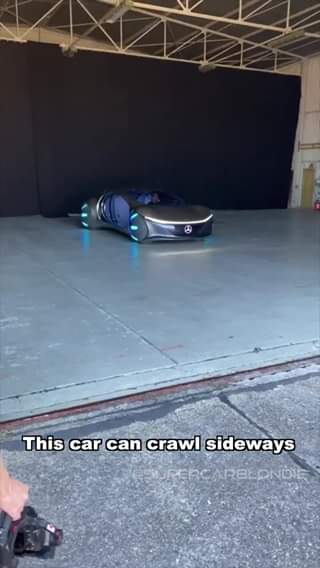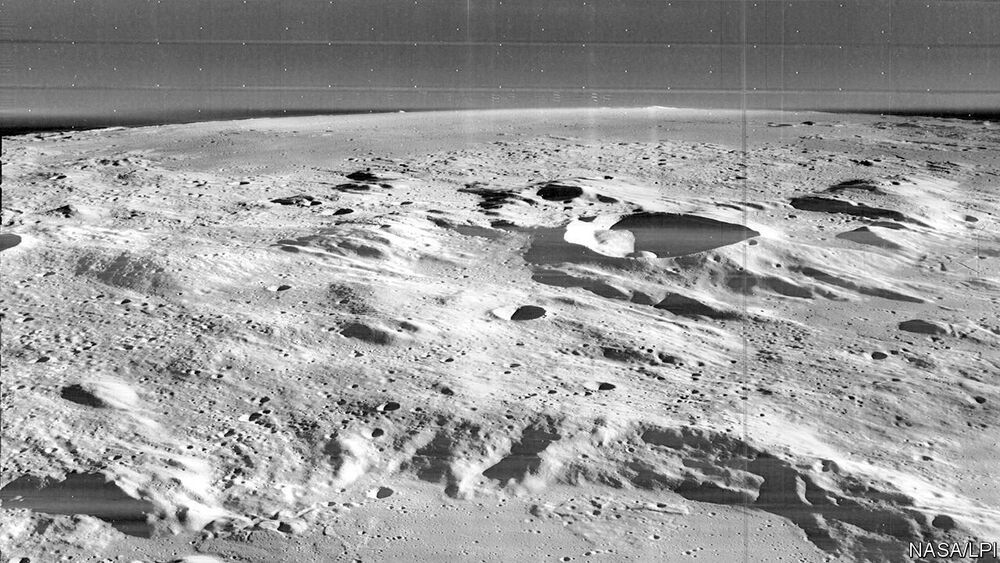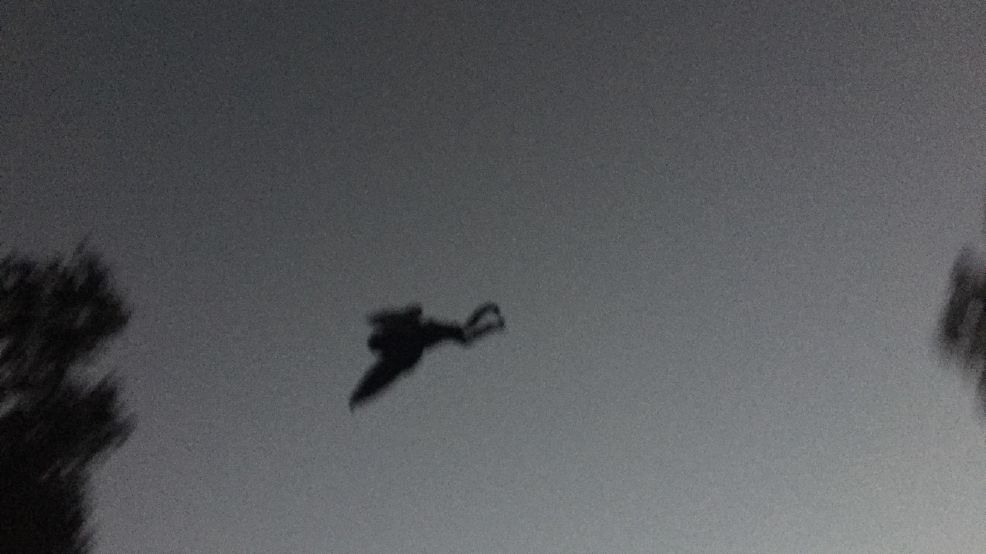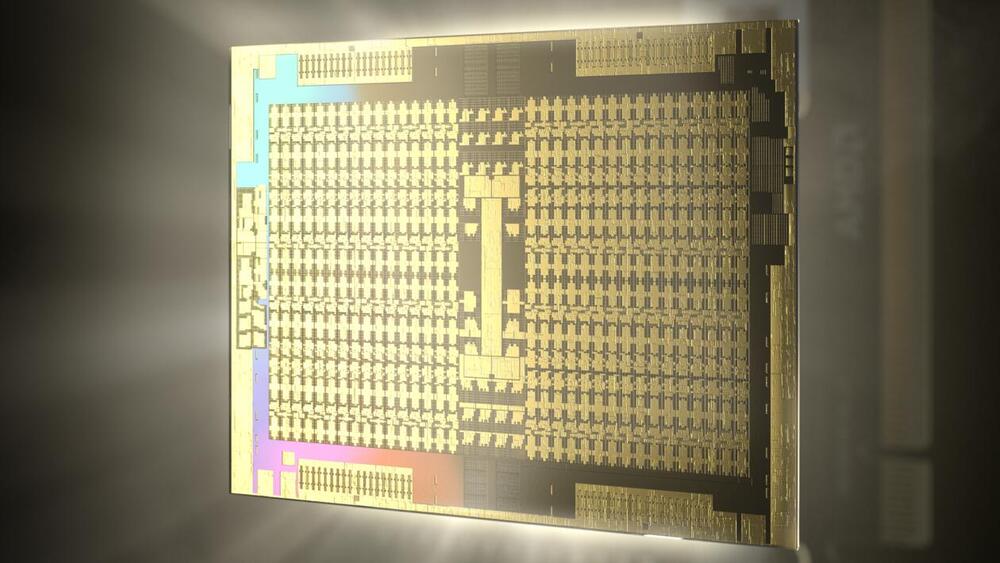What is the evidence to date for alien intelligent life? For more info, see.
Examining this and other intriguing questions at the start of 2021.





The original post is in Hebrew, I hope you manage, but the gist is simple — since summer we’ve started receiving reports from the Southern Hemisphere of almost-if-not-completely eradicated flu. Yeap, in less than one year the flu was completely gone in Australia, New Zealand, and others.
Ok, everyone said just wait, it might be a fluke. Let’s see what happens in the norther hemisphere. Alrighty, it’s Christmas, the peak of flu … See More.
· DtgheliceSmbuerm iug2l3, 2c02p0ln eahtgocnfa 10ts: g3filomremo9 deidAM ·
Good. Are you ready?
No flu this year.
It turns out that the flu and corona data have been connected together starting March of this year (Watt? Ok… let… See More.
The Paperlike 253 is a 25-inch, high-resolution grayscale monitor from Dasung.

Currently, we are faced with a shortage of precious metals from conventional mines. As such, humanity has turned to deep-sea mining in order to gather its precious metals resources. In this video, I will talk about the differences between deep-sea mining and asteroid mining as well as talk about these technologies’ implications for the future world.
Discord Link: https://discord.gg/brYJDEr.
Patreon link: https://www.patreon.com/TheFuturistTom.
Please follow our instagram at: https://www.instagram.com/the_futurist_tom.
For business inquires, please contact [email protected].
Editor credits (Velinix):
https://www.youtube.com/channel/UCYcAMWx0Vcsy-SSzX3HVWYw?view_as=subscriber.
https://www.instagram.com/velinix/
https://twitter.com/Panda123Jewels


AMD has filed a patent for something that everyone knew would eventually happen: an MCM GPU Chiplet design. Spotted by LaFriteDavid over at Twitter and published on Freepatents.com, the document shows how AMD plans to build a GPU chiplet graphics card that is eerily reminiscent of its MCM based CPU designs. With NVIDIA working on its own MCM design with Hopper architecture, it’s about time that we left monolithic GPU designs in the past and enable truly exponential performance growth.
AMD patents GPU chiplet design for future graphics cards
The patent points out that one of the reasons why MCM GPUs have not been attempted in the past is due to the high latency between chiplets, programming models and it being harder to implement parallelism. AMD’s patent attempts to solve all these problems by using an on-package interconnect it calls the high bandwidth passive crosslink. This would enable each GPU chiplet to communicate with the CPU directly as well as other chiplets via the passive crosslink. Each GPU would also feature its own cache. This design appears to suggest that each GPU chiplet will be a GPU in its own right and fully addressable by the operating system.